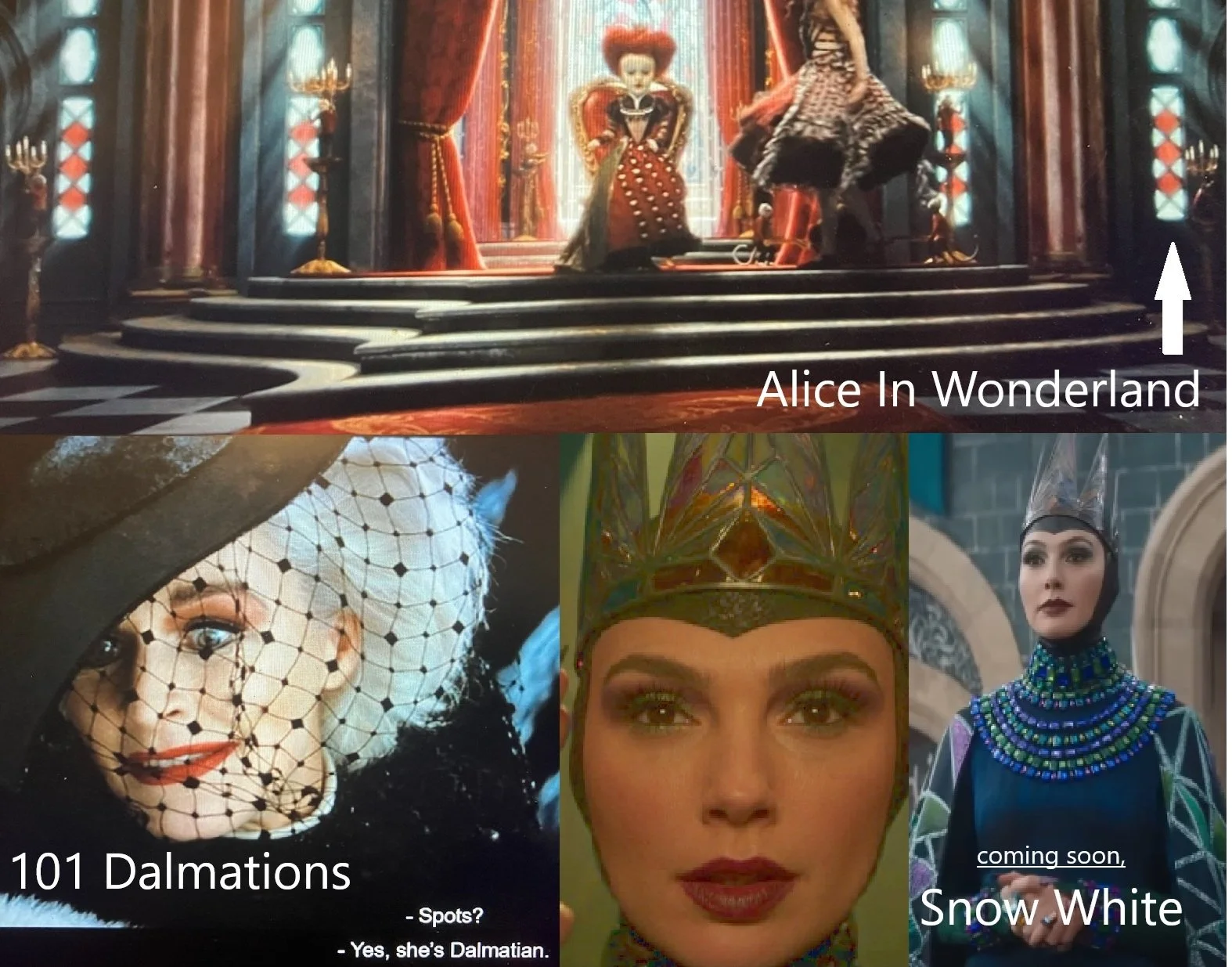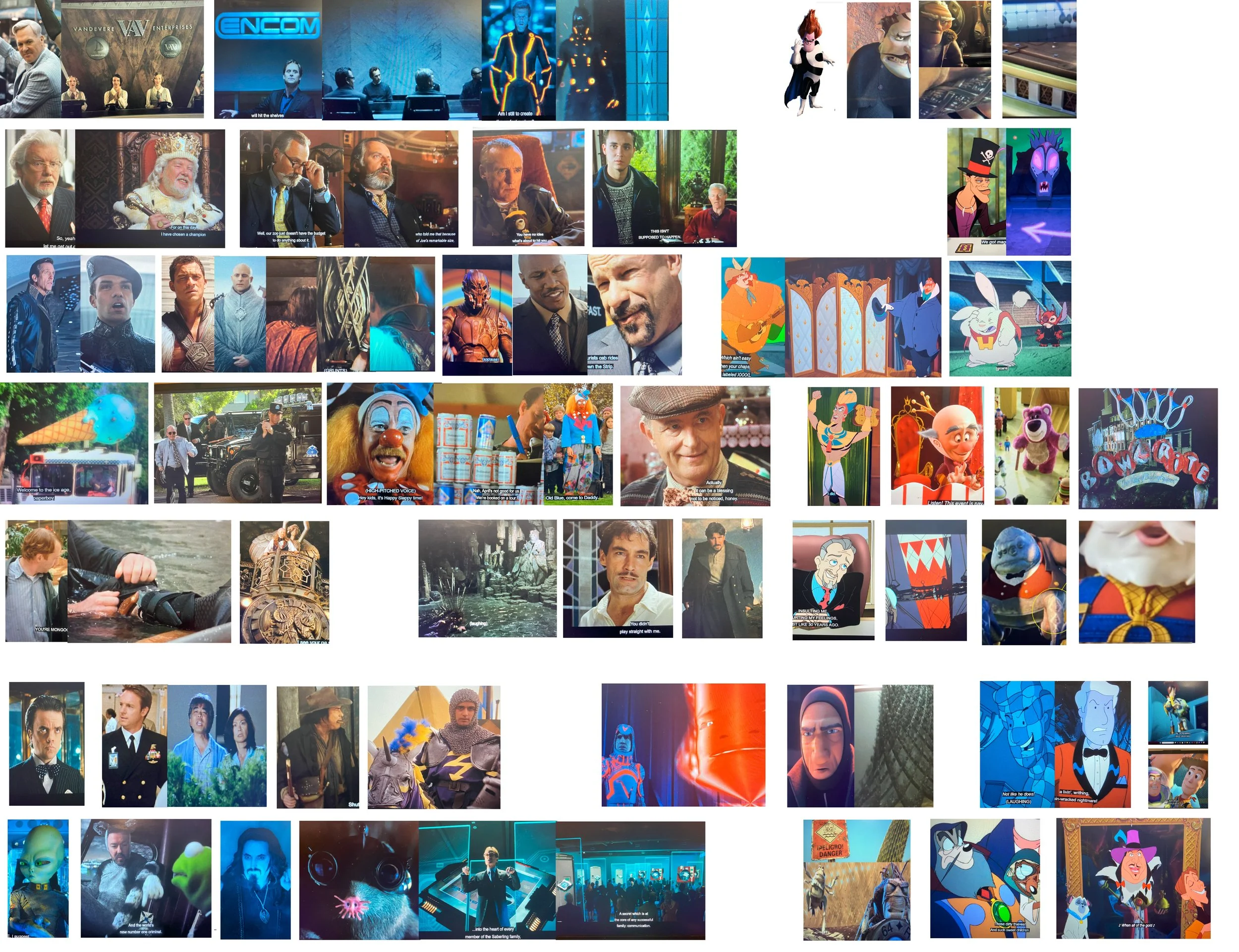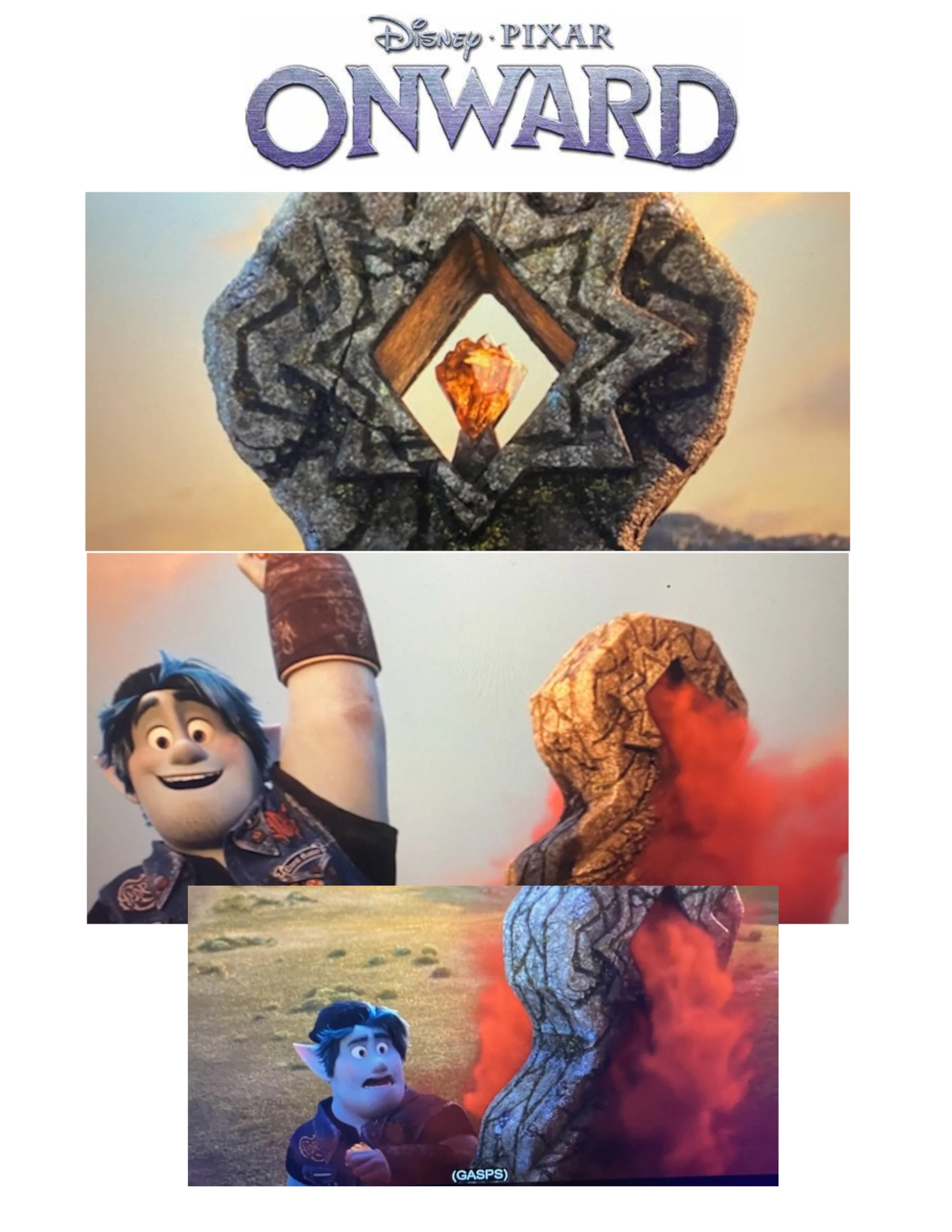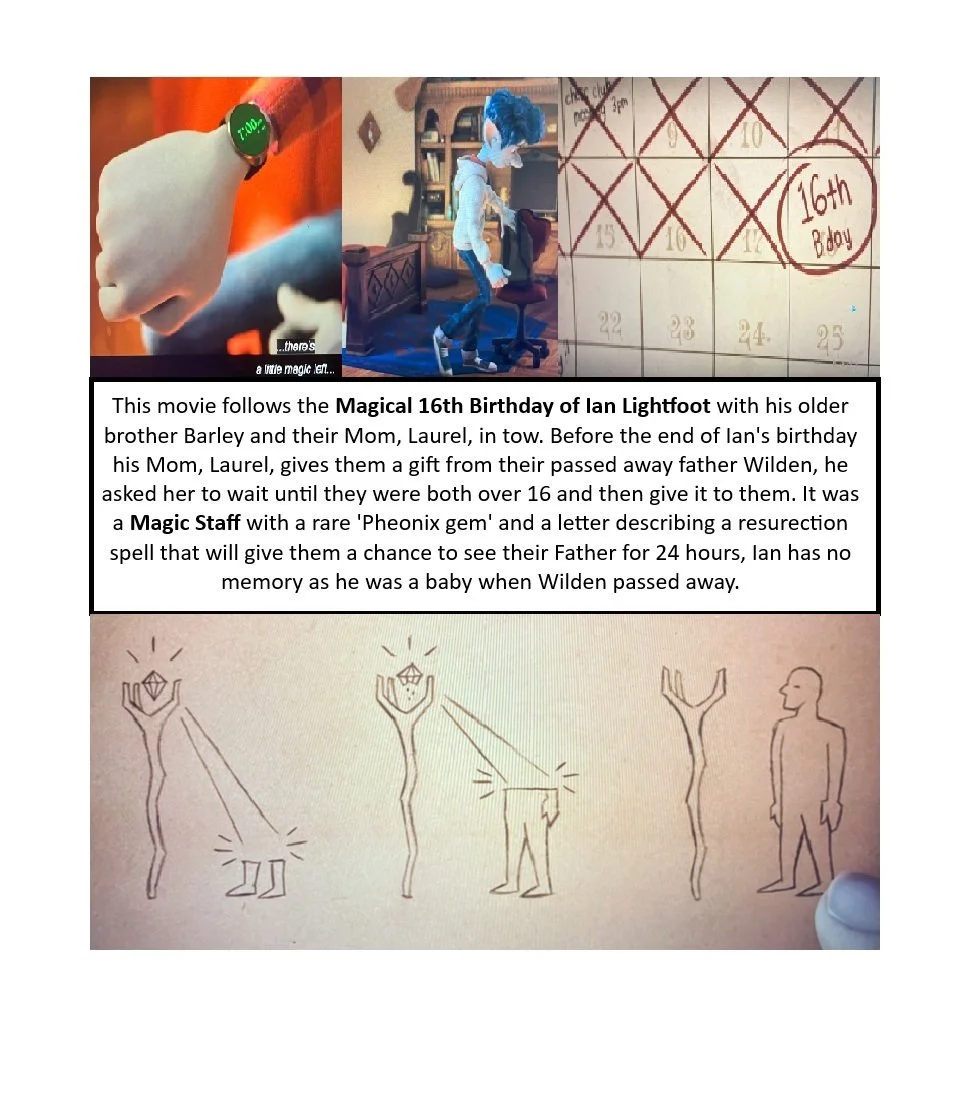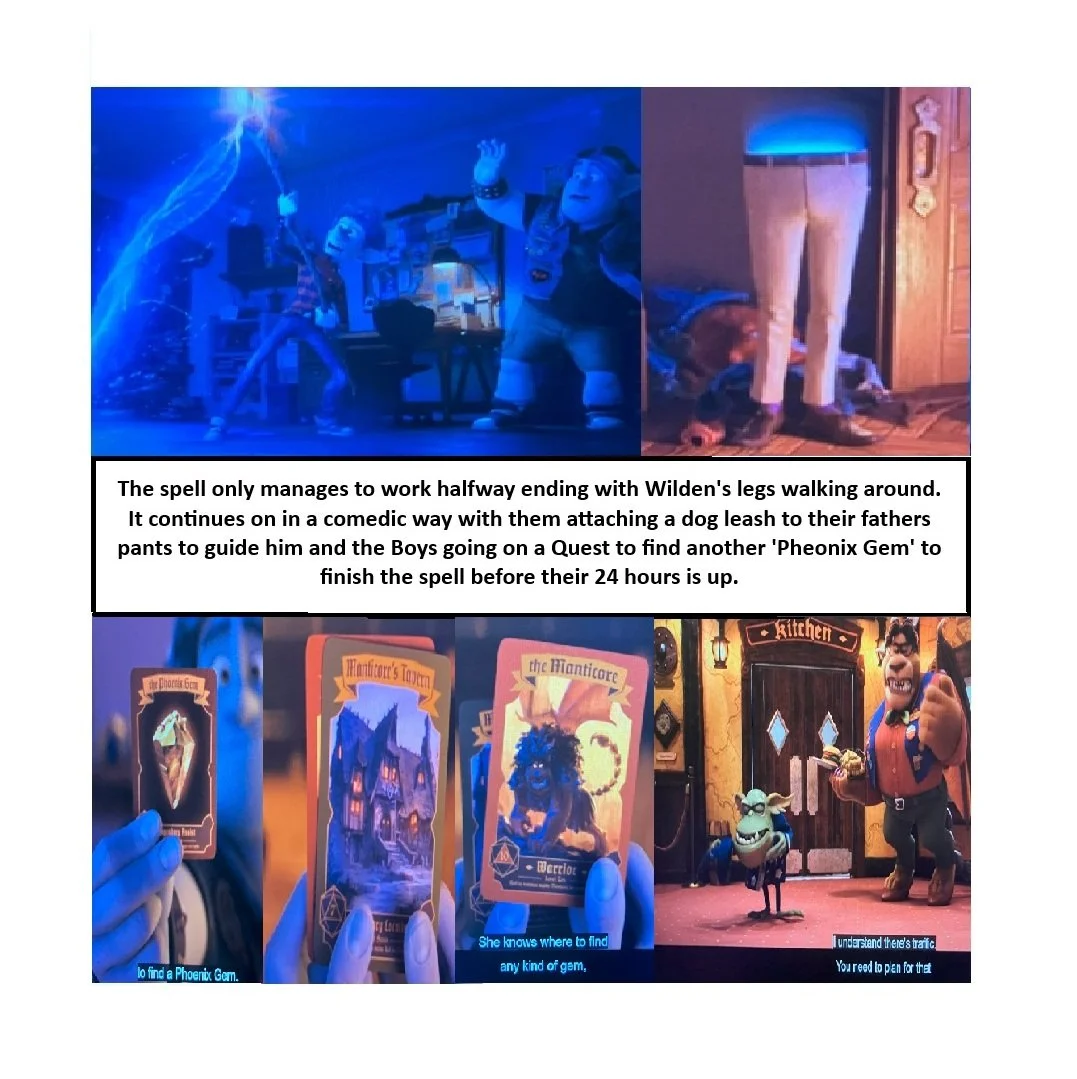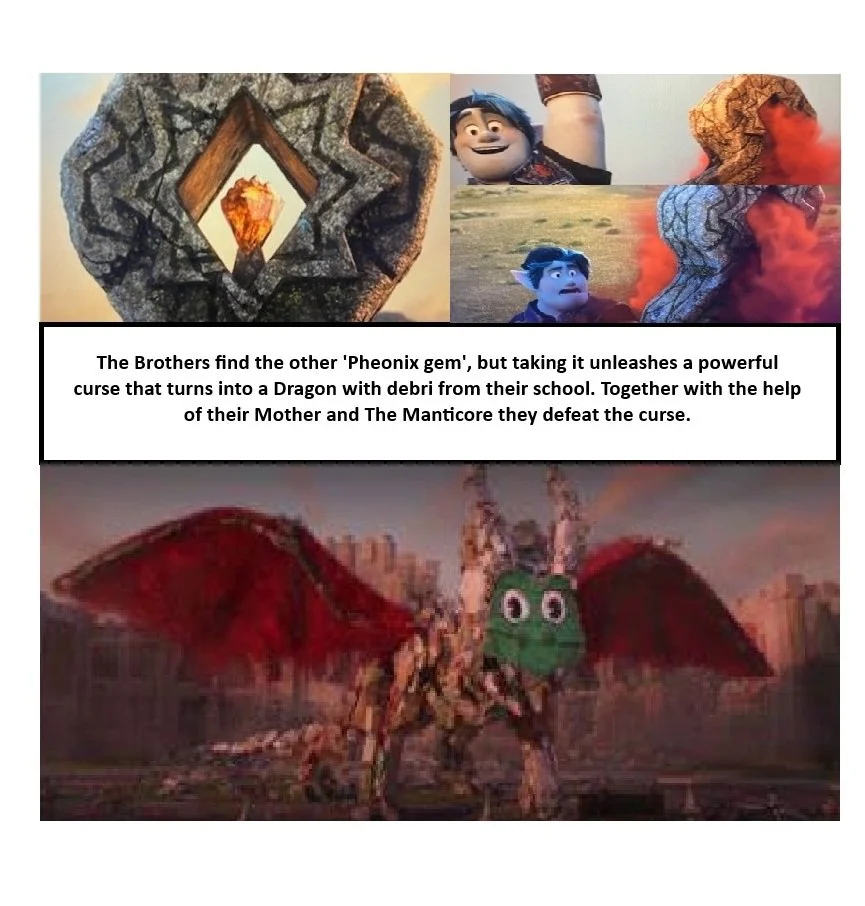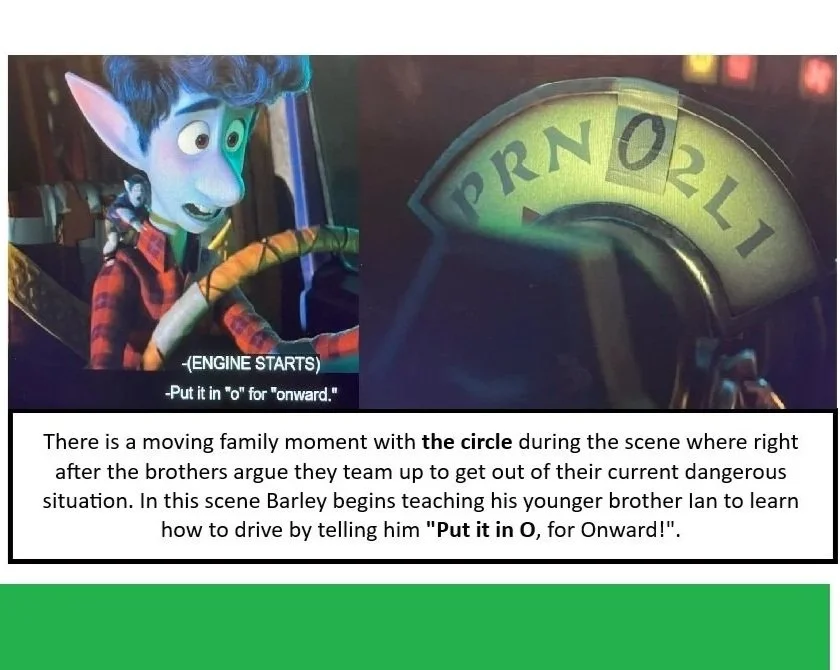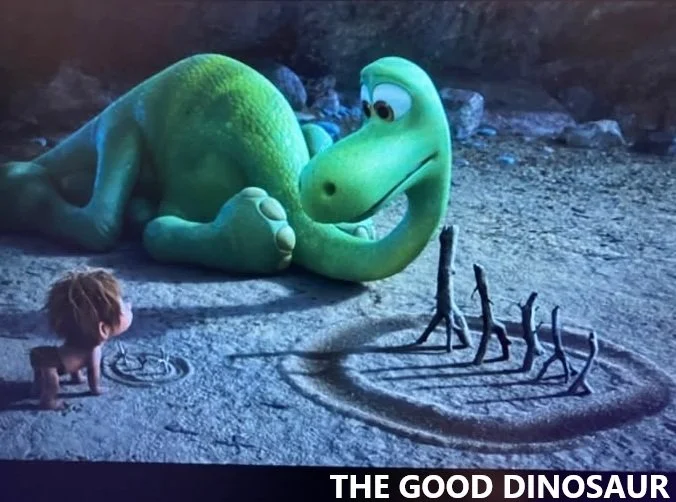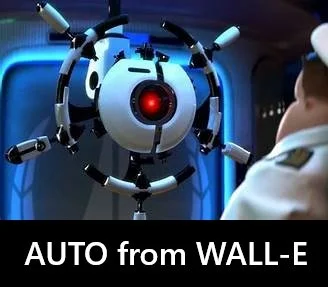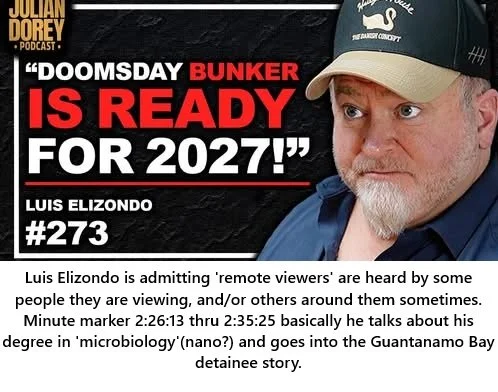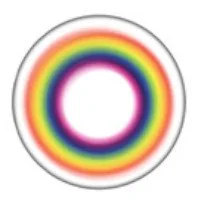Everyone should be interested to learn What Disney’s been saying about Villains in America and Beyond…!!!
Movies based in our world, Diamonds are like a tsunami of bad ideas mostly it seems,
I hope this opens a dialogue we can
grow in a better way with!
DO NOT use A.I.(like ChatGPT) to research this, It Doesn’t Work with the Disney shapes, many wrong examples!!! If it worked I would have been done with the Disney movies portion of all this a long time ago… watch the films.
I wonder, is it a conspiracy…?
I AM including movies made by USA Disney, not overseas(Ghibli/foreign) AND not documentaries
Click images to enlarge:
54 movies and counting broken down so far as of 10/15/2025
What are DIAMONDS saying ABOUT American Men, etc. Lately? Are DIAMONDS more prone towards negativity in Boys movies?!?
For Boys: ARE Diamonds a Warning?
In most boys’ adventure stories, diamonds and rhombuses are ‘mostly now’ (Disney wasn’t like this in the beginning) clear warning signs of villainy or deceipt.
They usually mean:
Greed
Deceit
Untrustworthiness
Foolish pomp
The more ‘serious’ the film, the more these shapes make it easy for kids to recognize the villain.
Examples:
Syndrome’s body shape in The Incredibles
The modern Aladin movie, Jafars various outfits over time and at the end.
The diamond pattern going down the leg of Mr. Waternoose in Monsters Inc.
But there’s a clear exception: when the hero is supposed to be ‘not realistic’ or part of fantasy/make-believe.
A hero might wear a diamond pattern tie or have a diamond pattern if it signals they’re eccentric or comic or
an animal:
Inspector Gadget 2: His tie has diamonds everywhere to show he’s ridiculous.
Bruce Willis in Disney’s The Kid: His diamond tie early on marks him as uptight—something he’ll learn to change.
Sorcerer’s Apprentice (2010): The apprentice’s t-shirt design links him to magic and fantasy.
Bottom line for parents:
Diamonds in boys’ films are a red flag for “bad guy” unless it’s obviously about make-believe, ridiculous beyond belief, or possibly an animal.
More coming soon as of 8/25/2025
HAS Disney Been Using DIAMONDS to Steer Our Subconscious?
Disney’s Secret Language:
Disney movies are famous for storytelling, music, and unforgettable characters. But there’s another layer many parents don’t see right away: shape language.
Disney’s SHAPE LANGUAGE in film has changed, in the beginning Villains tended to be more rounded, if there ‘was’ an emphasis on Diamonds, it would be typically of the Jewels kind. Studios like Disney have begun using shapes as emotional shortcuts to teach kids who is good, who is dangerous, and who is complicated.
For decades, movies—especially animated films—have paired certain shapes with heroes and others with villains. Most people never notice the pattern, but your brain does. This is called subliminal priming: repeated exposure that shapes your feelings and judgments without you realizing it. Once you see it, you can’t unsee it—and you might start questioning just how many of your ‘natural’ impressions were planted there.
🔍 Why this should matter to you:
This isn’t just about movies—it’s about you and how this may affect you. If you own a business or want to start one…design logos, or even just choosing what to wear(especially when wearing a tie according to Disney), shape symbolism can affect how others perceive you.A diamond-pattern necktie on an American man might register—subconsciously—as a villain, arrogant or untrustworthy if taken seriously. These reactions may not be fair, but if they’re shaped by media... you deserve to know.
A diamond-shaped logo might make some question if you are villain, secretive, or cold(kids especially).
For Girls: Diamonds Mostly Naughty?
In many Disney “girls’” stories, diamonds and rhombuses have a more mixed, layered meaning.
They’re not just warning signs—they also symbolize:
Royalty
Deceit
Temptation
Danger
Magic or something Magical (Magic like Mary Poppins, Frozen 2, Moana)
Bottom line for parents:
Diamonds in girls’ stories aren’t a simple “bad guy” cue. They’re about complexity—making danger look glamorous, power look beautiful, and even inviting kids to see being “a little naughty” as desirable.
What About Circles? More Often Safe, Familiar, Family?
Circles are Disney’s favorite shortcut for safety, warmth, and family bonds.
Disney believes it sends a clear message:
Safety
Family
Bonds
Trust
You’ll see circles everywhere in friendly characters:
The Incredibles their logo for their family team is made with circles.
Baymax (Big Hero 6) is literally a giant, soft pillow.
Winnie the Pooh’s round shape tells us he’s gentle and childlike.
Disney believes circles don’t add much drama or moral complexity. They’re about warmth and connection, making characters approachable—especially for very young viewers.
Bottom line for parents:
‘Circles are the universal “safe” shape in animation—reassuring kids these characters are meant to be trusted and loved.’
When Circles Can Turn Scary: Robots/Surveillance
But circles aren’t always safe.
Disney and Pixar sometimes use circles and spheres in robots or machines to create an unsettling sense of coldness, control, or threat.
Round shapes in these designs become:
Perfect but inhuman
Coldly logical
Emotionless and unyielding
Examples:
AUTO (WALL•E): A sleek white wheel with a glowing red circular eye—calm but unfeeling authority, no compassion.
The Omnidroid (The Incredibles): A giant black sphere with mechanical limbs, moving with unstoppable, mindless force.
Influenced by HAL 9000 (2001: A Space Odyssey): A single glowing red circle that symbolizes total surveillance and emotionless threat.
These designs twist the simplicity of circles into something unsettling—too perfect, too controlled, and entirely unfeeling.
Bottom line for parents:
Circles usually mean safety and warmth—but in robots and machines, they can flip to mean cold, controlling, and threatening.
Early Disney: Softer, More Rounded Villains
It’s important to remember Disney didn’t always use these rules in the same way.
Early Disney villains were often more rounded and human-like.
The Evil Queen in Snow White has a large circular medallion.
Stromboli in Pinocchio is big and round, signaling anger and greed—but in a way that feels human
and less stylized.
Back then, designs leaned on realistic costumes and body language to show danger, not just graphic shapes.
Over time, Disney shifted toward sharper, more stylized cues for villains in the more serious films—making
them easier for kids to spot instantly, but also simplifying moral signals.
Bottom line for parents:
‘Disney’s visual rules aren’t timeless—they evolved to match new styles, audience expectations, and marketing goals.’
Final Thought:
This Deserves a Public Conversation
Whether you believe this is intentional or not, the result is real: shape symbolism has power, Just ask Germany after WW2.
And that power needs transparency, public awareness, and artistic balance.
We need to ask: Do we shape the story—or does the story shape us?
Global Contrast – How Shapes Work Around the World
America is triangle-heavy: from Washington D.C.’s obelisks, to Pentagon logic, to the star-shaped flag—sharp, angular, and power-centric.
In contrast:
India embraces circles (Ashoka Chakra on the flag, circular sacred spaces, round temples).
Eastern architecture tends to favor curves and flow.
Africa and Indigenous cultures often use both, in balance.
If global media starts copying Disney’s visual code, will it overwrite traditional meanings of shapes? Could it impose Western power hierarchies where none existed before?
And what if, decades from now, diamonds are viewed like the swastika was after World War II—a symbol that once meant something neutral (or sacred), but became so associated with power and control that it’s socially rejected or banned? Designs carry history, and what we glorify today could be shameful tomorrow.
?? What Happens If We Don’t Talk About This?
If the public never notices or discusses this, we risk:
Shaping identities without consent.
Judging others subconsciously based on shape-based biases.
Limiting creativity in film, fashion, and art.
And more urgently: People could start to feel "crazy"—disoriented by what feels "off" but isn’t easily explained. As far as I know Disney is not sharing this information about Diamond/Rhombus shapes yet.
Schizophrenia… ALWAYS? Or, maybe….
Rising V2K complaints in the U.S. are raising questions. As neuroscience advances—BCIs, EM fields, synthetic telepathy—could some minds be reacting to more than just biology?
And beyond symbolism and tech, there is a growing need for new ways to rethink systems of value, communication, and social organization. This site also explores innovative models like turn-based or credit-based economies, community-driven networks, and fresh approaches to collaboration and empowerment.
draft material still looking thru,
Shape Symbolism in Cinema: A Timeline
?? Class A113 – The Insider Code
Pixar animators often hide "A113" in their films—a reference to the animation classroom at CalArts. But over time, it’s taken on an eerie tone.



